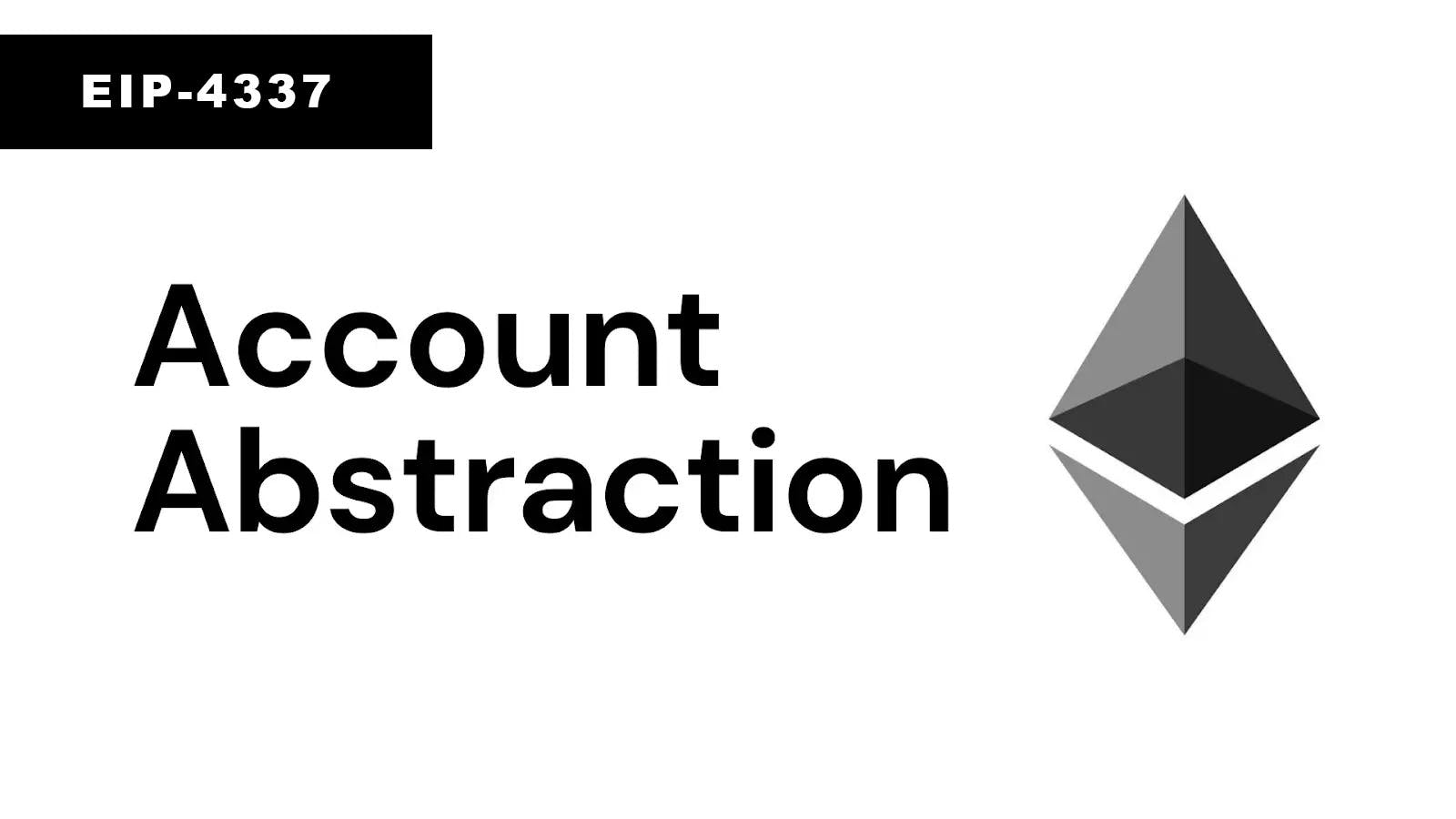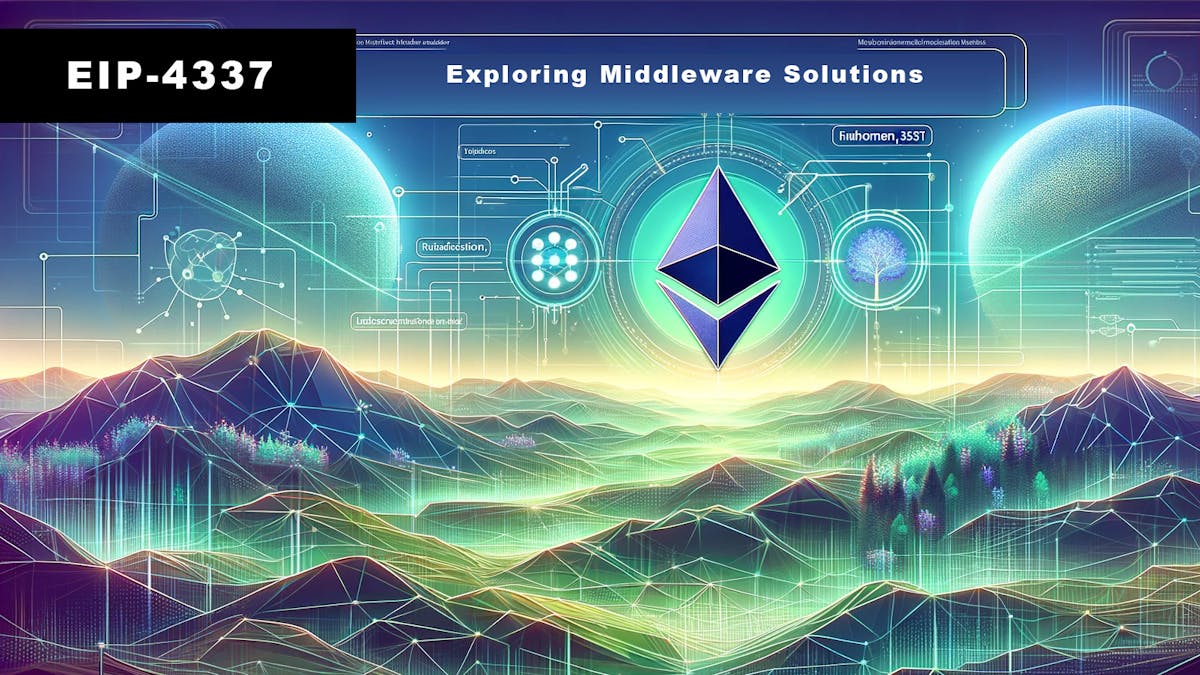Introduction to EIP-4337: Revolutionizing Ethereum Transactions
By. Lance Ennen

Welcome to my blog series on EIP-4337, a pivotal Ethereum Improvement Proposal that introduces account abstraction on the Ethereum network.
This blog series will delve into the intricacies of EIP-4337, guiding you through creating a React Native app, setting up a local blockchain with Hardhat, and incorporating this new standard into your DApp. Let's begin with an overview of EIP-4337 and its significance.
Understanding EIP-4337
EIP-4337, also known as the ERC-4337 standard, is a proposed change to the Ethereum network that introduces account abstraction. This concept allows smart contracts to act as wallets and execute transactions on behalf of users. It enables users to interact with the Ethereum network without needing their own private keys or holding Ether for gas fees.
The key components of ERC-4337 include:
- UserOperations: Pseudo-transaction objects used for executing actions through a smart contract wallet.
- Bundlers: Entities that package UserOperations and send them to the EntryPoint contract for execution.
- EntryPoint: A singleton smart contract that handles transaction verification and execution.
- Contract Accounts: User-owned accounts that can be enhanced with features from other smart contracts like aggregators and paymasters.
Why is EIP-4337 Needed?
The Ethereum blockchain primarily uses two types of accounts: externally owned accounts (EOAs) and contract accounts. EOAs, controlled by users, are limited in functionality, posing challenges in executing complex transactions and requiring gas payments in Ether. Account abstraction, as proposed by EIP-4337, aims to address these limitations by enhancing the flexibility and functionality of Ethereum accounts.
Benefits of EIP-4337
- Increased Security: Offers more options for account recovery and authentication, moving away from the traditional reliance on seed phrases and private keys.
- Flexibility: Enables the creation of sophisticated financial instruments and user-defined account management through smart contracts.
- Improved User Experience: Allows DApps to offer more intuitive and reliable experiences, akin to traditional applications, by simplifying key management and gas fee processes.
Real-World Use Cases
EIP-4337 opens up a range of possibilities, such as:
- Multi-Operations: Facilitating batch transactions and simplifying interactions with smart contracts.
- Account Sharing: Providing controlled access to wallets with spending limits and time-bound permissions.
- Two-Factor Authentication: Enhancing account security with additional authentication layers.
- Gas Cost Flexibility: Introducing sponsored transactions where another user or entity can pay the gas fees.
- Automated Transactions: Setting parameters for automated and recurring transactions.
The Future of Ethereum with EIP-4337
EIP-4337 has the potential to significantly enhance user interaction with the Ethereum network, making it more accessible and user-friendly, especially for non-technical users. Its implementation could be a major step forward in the adoption of Ethereum and decentralized applications.
In the next posts of this series, we'll dive deeper into how to leverage EIP-4337 in building a React Native app and setting up a local blockchain environment, including technical insights and code samples.
Stay tuned for our journey through EIP-4337 and the transformative possibilities it brings to Ethereum development.
For more detailed insights into EIP-4337, you can explore the
